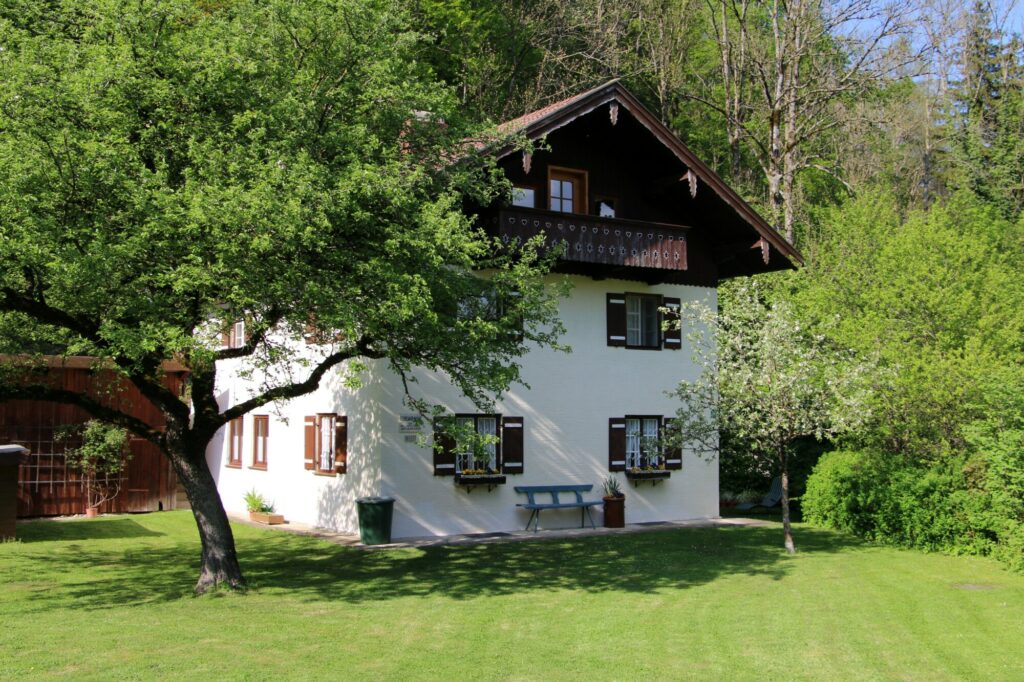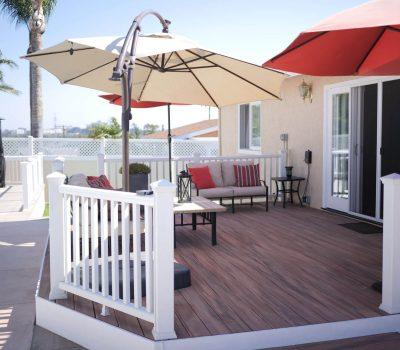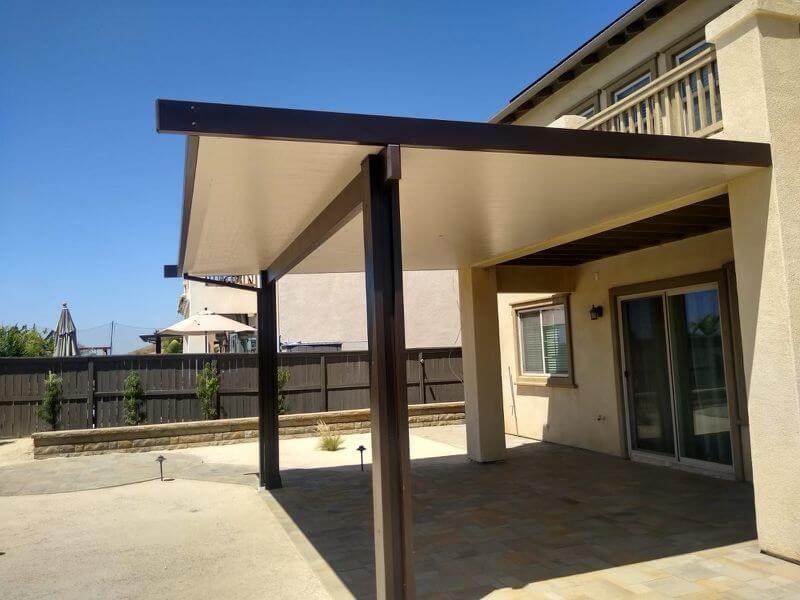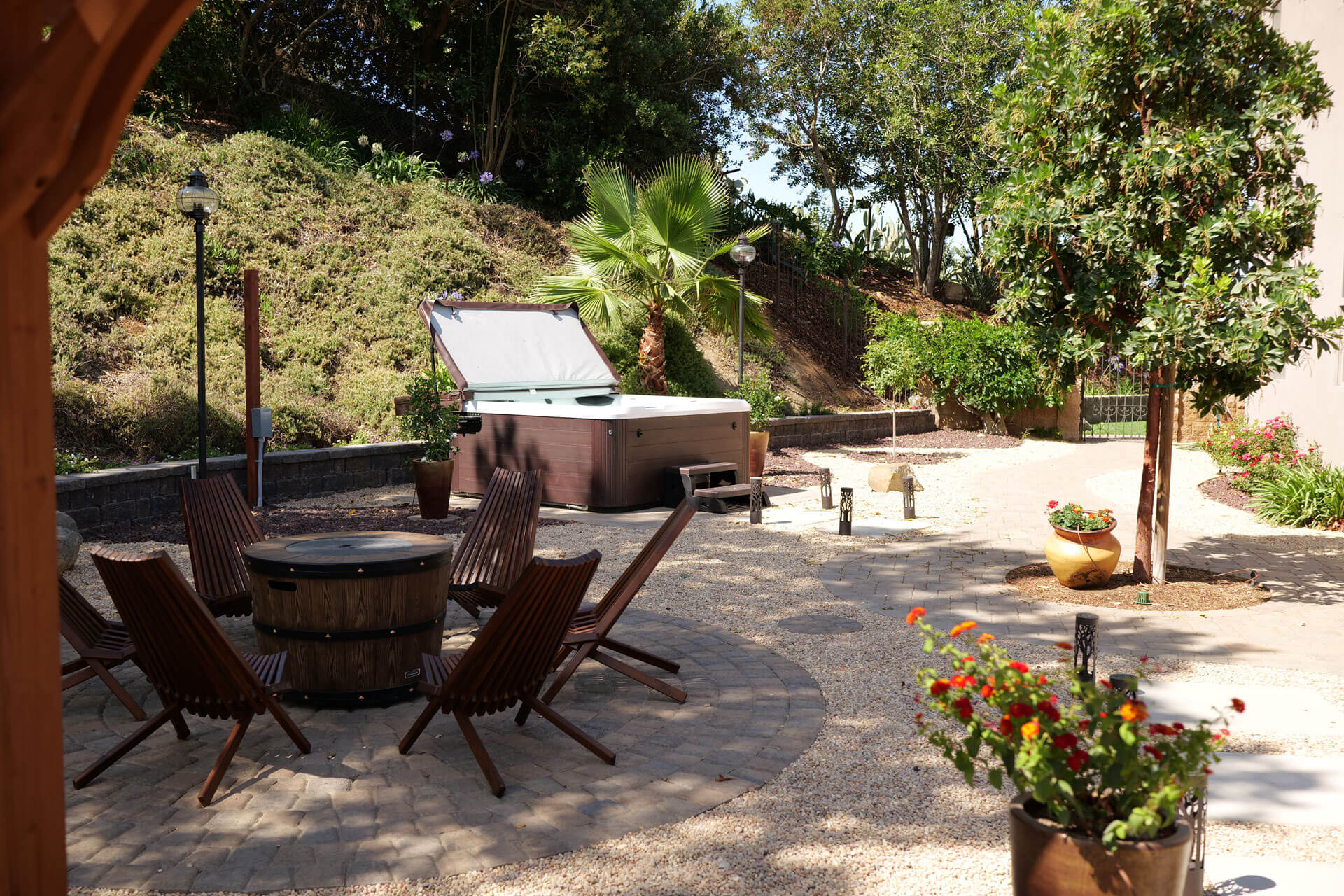
There are approximately 1.4 million accessory dwelling units in the U.S., with more going up all the time. There are growing increasingly popular in major cities with housing shortages. They also let homeowners leverage a bit more value out of their property.
An ADU can help bring in extra income, provide bridge housing options for college students in the family, and even serve as a legitimate granny flat. Of course, granny flat design and ADU construction must happen.
Not sure what your granny flat should include? Keep reading for nine granny flat design tips to help you build a functional and comfortable accessory dwelling unit.
1. Decide on Your Goals
You need a clear idea of how you plan to use the ADU before you start designing or building a granny flat. Will it actually serve as a full-time home for a family member or tenant? Is it really just going to serve as a glorified home office?
You’ll make different choices about things like stoves if it’s the former, rather than the latter. If you don’t know for sure how you plan on using it, you should design it with the expectation that someone will use it as a home.
You can still use it for something else, but having all the necessary features of a small home in place opens up your options down the road.
2. Get Strategic with Storage
There is a very limited amount of space for storage in your average granny flat. That calls for some creative and strategic thinking.
Focus on the vertical spaces. You can add floating shelves for storing lighter-weight items. Add cabinets where it’s appropriate to provide some additional storage options for heavier items.
You can also help maximize available space by installing a murphy bed that can fold up against the wall.
3. Don’t Skimp on Windows
ADU sizes vary, but most are in the 600-square-foot to 800-square-foot range. That’s a small enough space that a lack of natural light can make it feel downright claustrophobic.
Make sure you include plenty of windows to let the natural light shine into the space and make it feel bigger. After all, you can always put up curtains to limit the light. It’s much more trouble to add windows later.
4. Open Floor Plan
Since you’re dealing with a small space, you don’t want any more walls than absolutely necessary breaking up the space. Yes, you need an enclosed bathroom and bedroom space for privacy.
For the living room and kitchen areas, though, those spaces should merge together. You can use a freestanding counter to create a mental separation between the kitchen’s working area and the living room, rather than putting up a wall.
5. Neutral Colors
For smaller spaces, you really want a neutral color palette. It helps keep the space feeling open and inviting.
For the mental health of anyone who actually lives in the ADU, don’t pick beige. Yes, it’s readily available, but almost no one actually likes the color.
For better options, think in terms of whites, grays, or blues. If you want to create a little visual interest, you can always paint an accent wall.
You should avoid small patterns since those can make a space feel even smaller. Large patterns can actually make a space look bigger, but they can prove a turn-off to potential tenants.
6. Consider a Porch or Patio
You can create a more visually interesting and useful space by adding a porch or patio to the granny flat. A porch allows for things like flower pots or box planters. It’s also somewhere else to sit when the weather is nice.
A small patio can expand the living space a little. The resident can set up a small grill and seating on the patio for some outdoor cooking and eating. Again, it’s also somewhere they can sit when the weather allows for it.
7. Size Things Appropriately
This will mostly apply to things like appliances. You should look for compact dishwashers, clothes washers, and dryers. You can also find compact ranges and fridges. This is a trade-off that allows for more counter space and storage.
If you’re furnishing the space yourself, take careful measurements. You want furniture that fits into the available space without overwhelming it. Where possible, look for furniture that pulls double-duty, such as providing storage space and serving as an entertainment center.
8. Flooring
When it comes to flooring, you want something durable. That generally means a laminate or vinyl engineered flooring material in the living spaces. You’ll probably still want tile in the kitchen.
Installing floating floors will make repair or replacement easier. Combining floating floors with a durable material goes double if you plan on renting out the granny flat to college students or young professionals. While most tenants won’t consciously damage the floor, floors take a lot of abuse just from normal wear and tear.
9. Enlist Professional Assistance
Building a granny flat is definitely off the list of DIY projects. You’ll need a contractor for the actual construction. You should pick a contractor with ADU experience and loop them into the process early.
For one, it’ll help you get a clear picture of the costs involved. Just as importantly, the contractor can also provide practical advice for the overall design of the granny flat.
For example, they may have pre-made floor plans that can serve as the basis for your final design. They may also have advice regarding material choices, such as the flooring.
Granny Flat Design and You
One of the most important elements of designing a granny flat is keeping in mind that a person will likely live in that space. That calls for thinking in terms of quality of life.
Using neutral colors, an open floor plan, lots of windows, and plenty of storage all serve that end. The same goes for choosing compact appliances. For your quality of life, use durable flooring.
Designs 4 You offers granny flat construction and remodeling services in the San Diego area. For more information or questions, contact Designs 4 You today.





